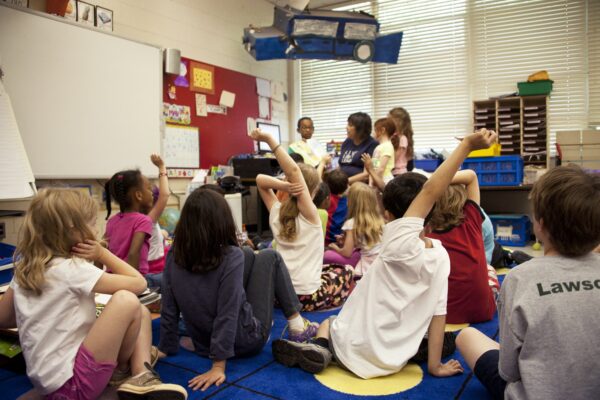Guest blog post contributed by Laurisa Schutt, Executive Director, First State Educate.
On November 1st, leaders from the Christina, Brandywine, and Red Clay school districts gathered to sign the MOU that officially launched the Wilmington Learning Collaborative (WLC) after their school boards voted unanimously to move forward.
The WLC is the first structural change in how eight city schools are governed in four decades. How decisions are made and who gets to make them is the difference.
Governor Carney and team first visited the Springfield Massachusetts Empowerment Zone in 2017 in pursuit of innovative solutions to turn around our lowest performing district schools. Years of thinking, designing, and advocacy created a Delaware version for a Delaware context - bringing city schools under one governing unit, instead of split three crisscrossed ways.
The idea behind Empowerment Zones is simple: Educators closest to students have autonomy to meet students’ needs. While the schools follow district policies, they are responsible for meeting concrete goals and are overseen by a nonprofit board made up of district leaders, city school board members, parents, students, and community leaders - not the traditional district school board. This new governing board is Wilmington people focused on Wilmington students.
This fall, Delaware reported sinking state scores (30% do math on grade level and 42% read on grade level), and got punched again with devastating national scores of reading and math proficiency. In 4th grade math, we slipped more than any other state in the country. The pandemic exacerbated our decline; it did not start it. If we imagine our future, it is impossible to overstate the importance of thinking and doing differently.
We are not alone in the entrenched factors that derail thriving schools. Anyone who has spent time in a classroom on a typical day can marvel at the responsibility — prepare each student’s future while managing each student’s current day, no matter the intrusions of our culture — gun violence, poverty, poor nutrition, home insecurity, racism and segregation, not to mention plain old safety of all kinds.
And still. During one of the forums about the WLC, Secretary of Education Mark Holidick said that success comes and goes within the constraints of the traditional district structure. We need success to stick, and build, which comes with flexibility to serve the students in front of you however that needs to be done. This is the promise of the WLC.
The MOU signing was coalitions at their best — including the partnership of the S.A.F.E. Schools Campaign. This was trust developed following a multi-year rollercoaster -- backwards and forwards -- to changing something long-held and big. Let the work begin.
To be in the know and access opportunities to learn and get active, sign up at firststateeducate.org.

